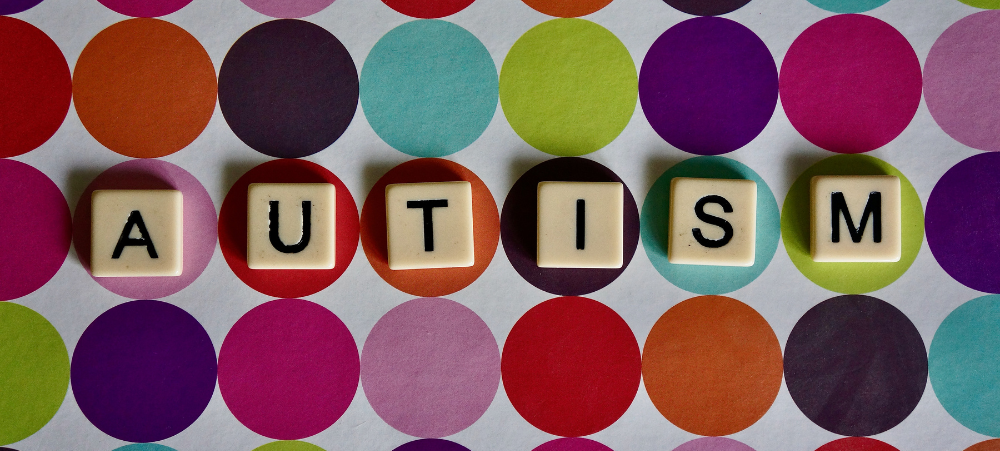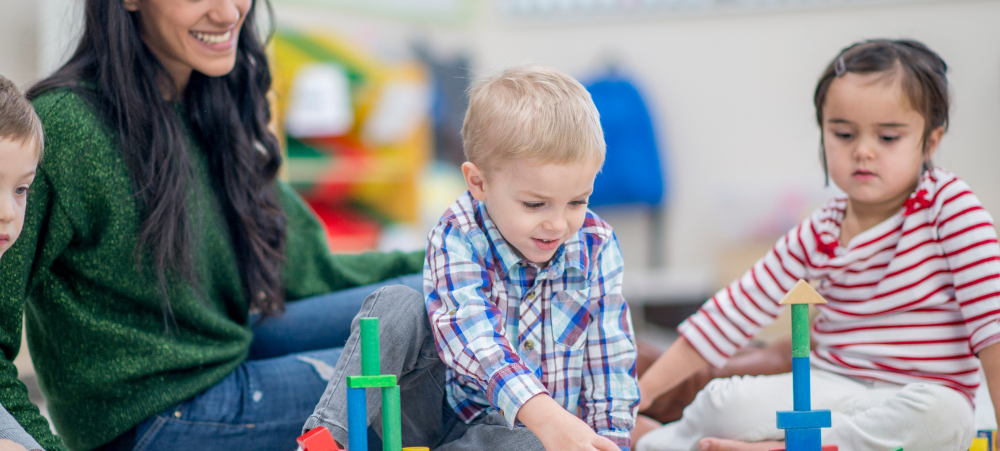
WHAT IS A “LAZY” EYE?
Amblyopia better known as “lazy eye” occurs when the vision in a child’s one eye doesn’t develop like it should. If it is not treated promptly the brain will only process the picture from the normal eye and learn to ignore the picture from the lazy eye. It is in fact the leading cause of visual impairment in children and affects approximately 2 to 3 out of every 100 children. What are the possible causes? Amblyopia commonly starts when one eye has a much better focus than the other. This can be caused by a number of conditions * such as: Strabismus (squint) –This is the most common cause of amblyopia. It occurs when the eyes don’t line up properly, for example, one-eye turns in towards the nose or it turns out towards the ears. The eyes cannot focus together on an image so the brain compensates by switching off whichever eye produces the fuzziest image. Unequal Refractive Errors or focus – Refractive amblyopia occurs when the brain favours one eye over the other due to extreme near-sightedness, far-sightedness or even astigmatism *. The brain gets a blurry image from the eye with the refractive error and a clear image from the normal eye, so to stop the confusion; it starts to ignore the eye with the blurry image. Vision Obstruction – This is also known as deprivation amblyopia. This occurs when something blocks light from entering a baby’s eye. Common causes include cataracts, scars and blood at the back of the eye. How is it Diagnosed? Amblyopia can be difficult to spot because it doesn’t have any external signs or symptoms and it begins in infancy or early childhood. Because of this some experts recommend that children have their eyes tested at six months, then at three years and again before they start school. Some clues that amblyopia may be present include: Observing a baby’s behaviour when one eye is blocked; if the baby continuously and constantly fusses or cries, it might indicate a vision problem. Squinting eyes can also be another clue that amblyopia may be present. Because amblyopia often affects one eye only, the parents may notice that the child constantly bumps into objects on the affected side.* If amblyopia runs in the family, the child is more likely to get it. Remember, you can’t tell by just looking at a child that they have it, and although these clues might give a suggestion of amblyopia, a full examination is needed to make an accurate diagnosis. This is essential so that prompt treatment can be started to try and prevent irreversible vision loss. How is it treated? The most common form of treatment for amblyopia is to retrain the brain to start using the weaker eye. This is done by firstly correcting any focusing problems with glasses or surgery (when needed) and then wearing a patch over the stronger eye. Sometimes eye drops are also prescribed to blur the image in the stronger eye, forcing the brain to use the weaker eye. What’s the long-term outlook? Amblyopia can lead to problems* if left untreated, such as loss of depth perception or blindness in one eye. If the stronger eye gets injured somehow, then serious problems with visual acuity can follow. With early diagnosis and treatment, most children’s vision will improve. It becomes increasingly difficult to treat after the age of 10 and therefore it is so Important to catch it early!


































